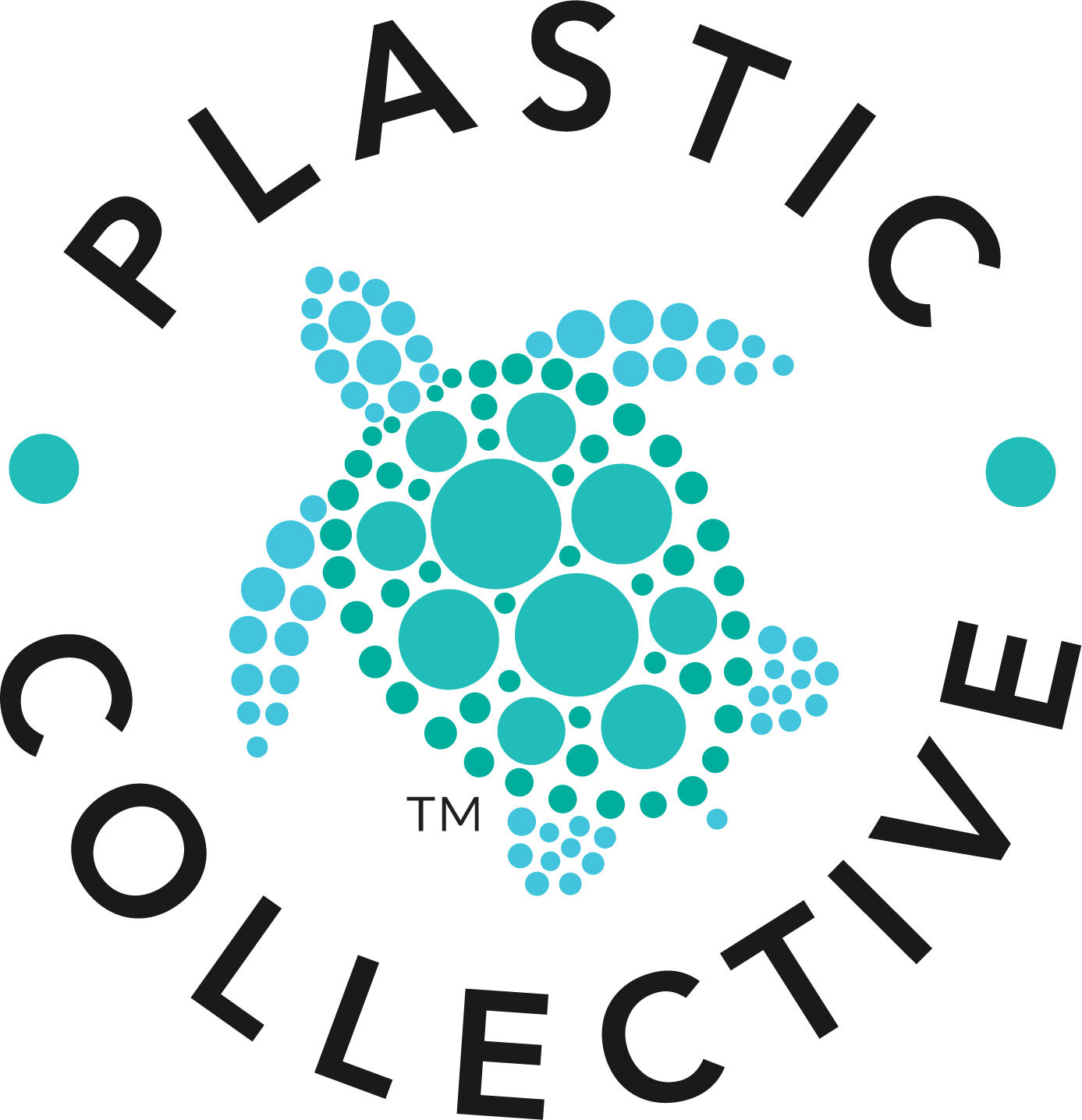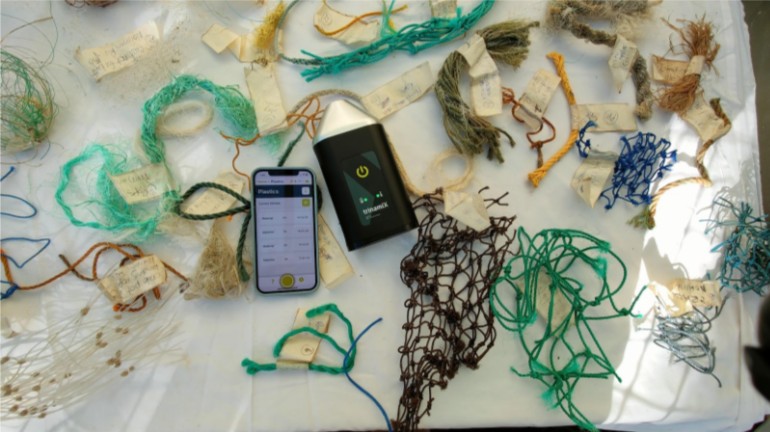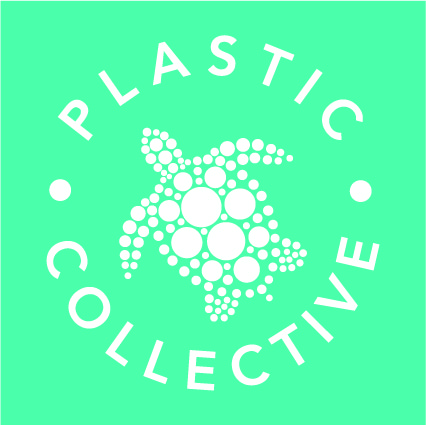Imagine shooting infrared beams at a material to work out what type of plastic material it is made from – that is what a ‘Spectro-photo-scope’ does for plastic! This Near Infrared Device (NIR) is also called BASF trinamix.
One of the problems with recycling discarded plastics is knowing what type of plastic they are made from. To be able to recycle plastics, manufacturers need to know the Melt Flow Index (MFI), or the rate at which the plastic will flow into a mould. The MFI values are different for every type of plastic.
For plastic materials which have no ‘Recycling Identification Code’ (RIC) – which tells you the number and type of material, it can be hard to tell the plastics apart.
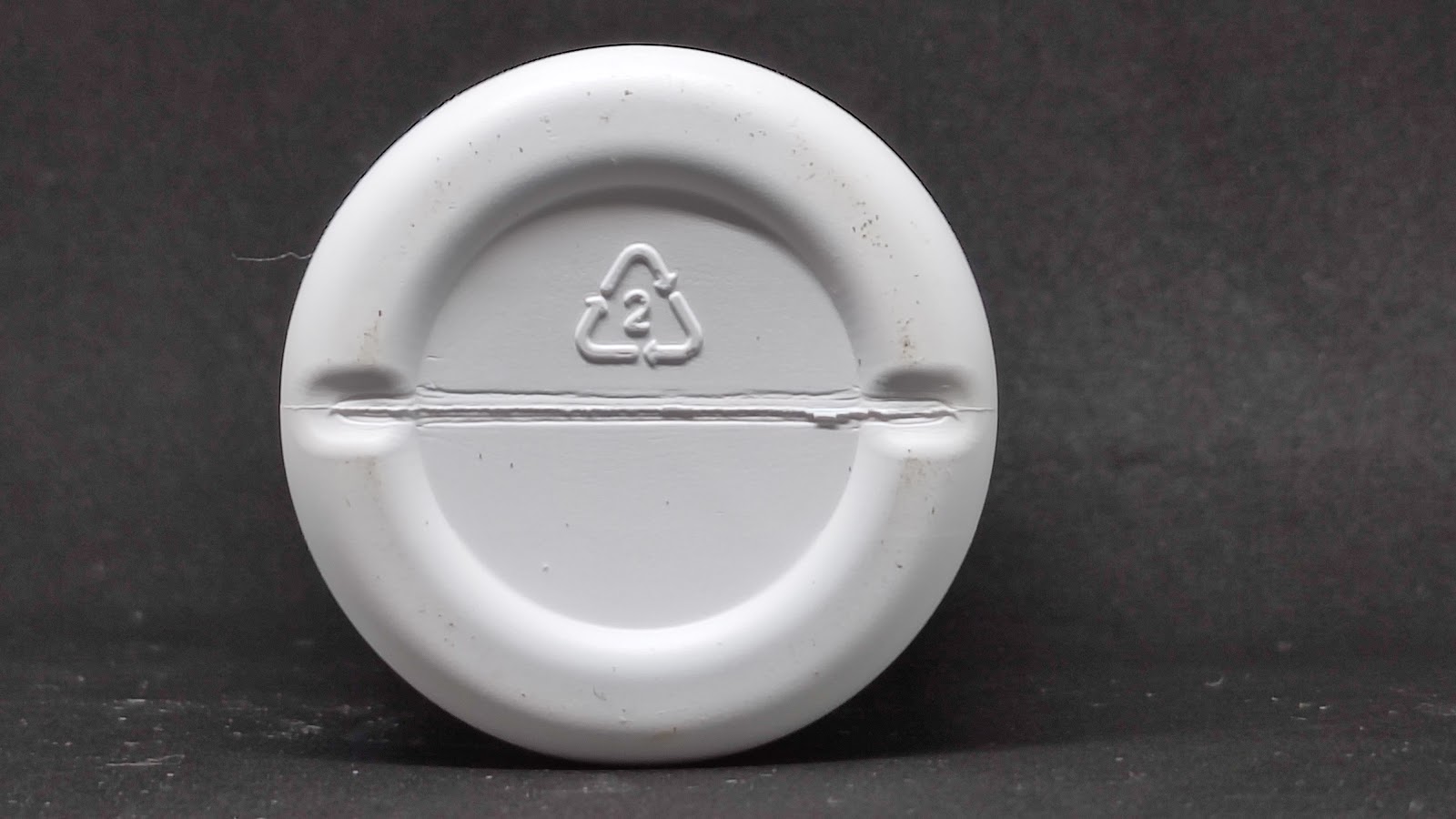
Fig 1. Recycling Identification Code (RIC), HDPE #2
Working in remote regions, Plastic Collective’s programs often come across different types and forms of plastic, including Ghost Gear (nets, fishing line, traps and ropes) that have washed up in remote areas, including our Gulf of Carpentaria project site.
Plastic Collective was fortunate enough to be invited to test the new device, in a select trial with BASF. BASF is a leading global chemical company. With great enthusiasm we accepted the challenge and then set out to identify and categorise over 30 different samples of Ghost Gear collected in the southern region of the Gulf of Carpentaria. Plastic Collective is doing this in collaboration with CLCAC Land and Environment Rangers at Normanton.
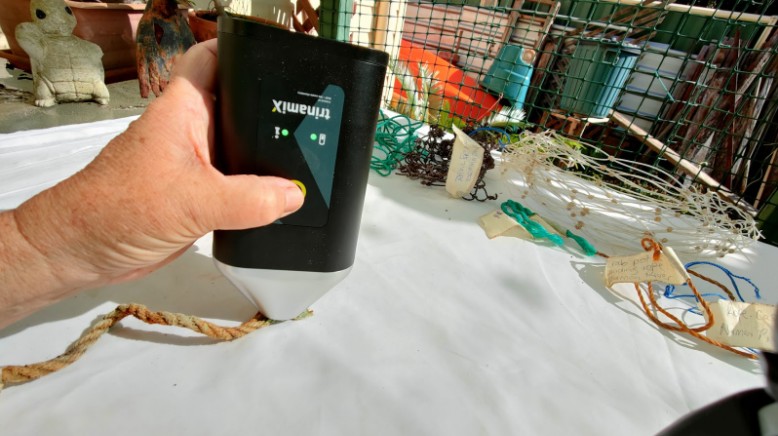
Figure 2: Scanning samples of Ghost Gear retrieved from the Gulf of Carpentaria, North Queensland, April, 2021.
Ghost Gear or Abandoned or Discarded Fishing Gear (ADFG), is particularly problematic for wildlife, reefs, and other natural habitats. Entangled nets can often be kilometres long, weigh tonnes and slowly captures and drowns many megafauna and other animals- hence the term ‘ghost’ – as they hide under the surface and kill unsuspecting marine life, such as turtles, dolphins, birds and whales.
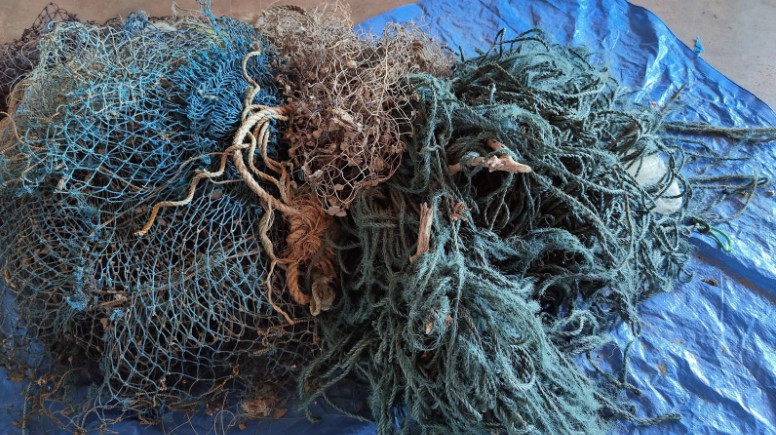
Figure 3: Entangled discarded fishing gear made of mixed materials, found in the Southern Gulf region.
If we can place a value on discarded fishing nets, by understanding what they are made from, then maybe the owners of the nets will bring them back to land, to receive an economic incentive. Currently, discarded fishing nets are burnt on the beaches or taken to landfill where they get burnt there. They have no value and cause serious water and air pollution.
From the samples, we discovered many of the nets were made from HDPE (high density polyethylene), one of the highest and most recyclable plastics we use. HDPE is found in milk bottles, some lids, yoghurt containers, shampoo and cosmetic bottles. It is easy to recycle and can fetch anywhere from $500/kg – $50,000/kg – depending on where it comes from (the story) and who is buying it.
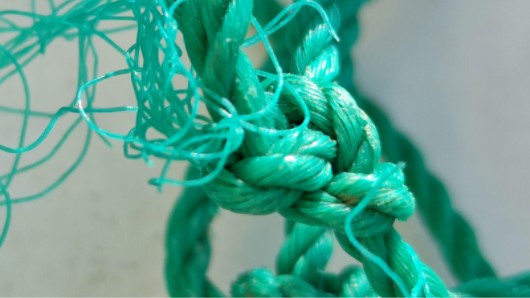
Figure 4: HDPE Trawl Net
Other types of nets and ropes included PET, PP and LDPE. While fishing lines are often much thinner and stronger, compared to the thick ropes and nets. These typically are made from nylon, or polyamide (PA), as nylon has the strongest of all plastics
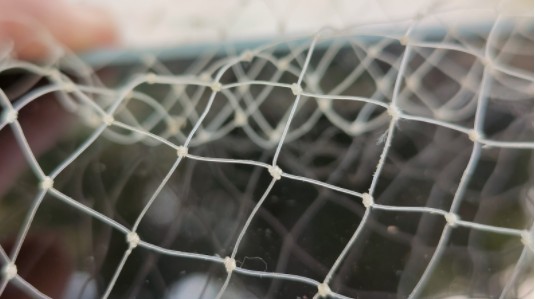
Figure 5: Strands of Polyamide (nylon 6) fishing line
Although we can recognise nylon fishing line due to its strength, without a device like the trinamiX we are not able to tell if it is nylon 6, or nylon 6,6. Which sound similar, but again, have different MFI values. The NIR was able to identify these two apart.
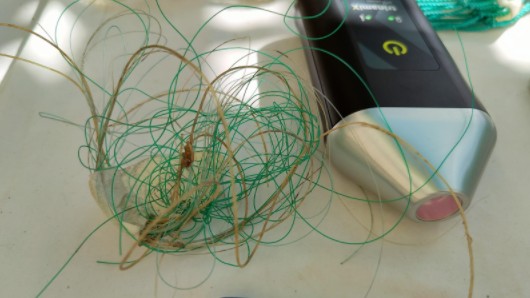
Figure 6: The BASF trinamiX separates nylons PA6 from PA6,6, such as this fishing line.
After a very satisfying few weeks pointing the trinamiX device at all things plastic, and testing its capabilities, we are pleased to say it was quite accurate if used correctly, and enabled us to identify materials that would have otherwise not been able to. We are grateful for the opportunity to test the trinamiX and are very much looking forward to having one of these in our remote resource recovery toolbox for future projects.
Get more information about trinamiX by visiting https://trinamixsensing.com/
